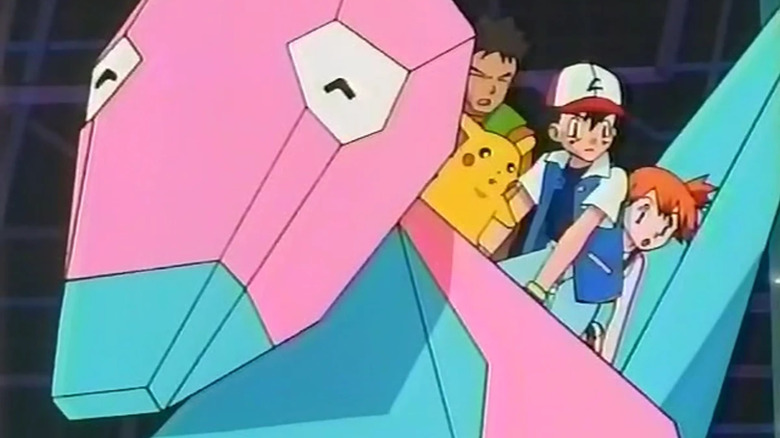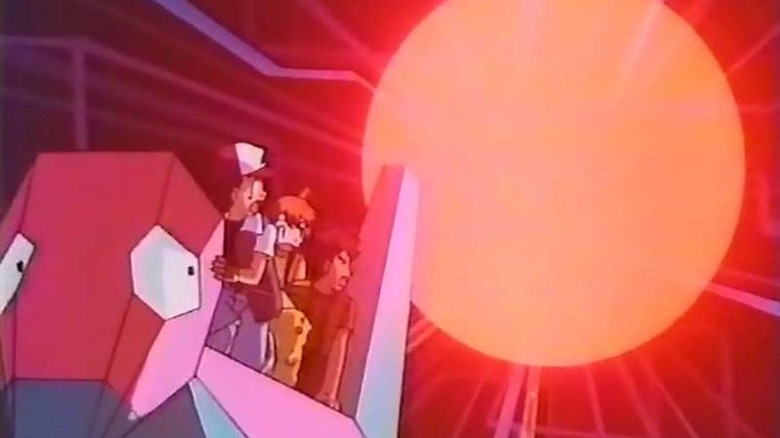
There are plenty of great, unforgettable episodes (and movies!) of the classic anime series “Pokémon,” which follows the adventures of young Pokémon trainer Ash Ketchum and his friends Brock and Misty, but unfortunately, there’s one episode that’s unforgettable for all of the wrong reasons. Early during the show’s initial run in its native Japan just as the show had already grown immensely popular, an episode caused a mass medical event for the children watching, getting the episode banned forever.
The 38th episode of the first season, “Dennō Senshi Porygon,” aired only once, on December 16, 1997, because it contained flashing red and blue lights that caused hundreds of children to have strong immediate physical reactions, including seizures. According to a retrospective on the event by The Guardian, 685 children were taken by ambulance to hospitals, and around 12,000 reported symptoms over the next few days. While the epileptic seizures caused by the flashing lights contributed to the number, it was only a small percentage, and the mass reaction puzzled doctors and scientists for years. In the immediate aftermath, however, the main goal was to prevent anything like it from happening again. So what actually happened, and how did the world react?
Pokémon’s flashing lights caused real problems
In the episode, the electric-type Pokémon Pikachu uses an attack against computer viruses inside a digital world that cause red and blue flashing. While “Pokémon” had used alternating flashing before, it had never caused this kind of mass reaction. The day after the show aired, the station issued an apology and suspended production and airing until an investigation was conducted. The series was pulled from rental shelves and the Japanese Health and Welfare Ministry even held an emergency meeting to discuss what to do. Since it seemed the specific colors, length, and type of flashing were at least partially to blame, it was deemed safe to bring the show back on the air about four months later. TV Tokyo would put warning labels on all episodes, similar to the photosensitivity warnings that appeared (and still appear) before many video games. Episode 38 would never be aired again and would not even be dubbed into English for a cut version when the show began airing in syndication in the United States a year later.
When the show returned in Japan following its hiatus, an explanation was aired for children at the beginning of the episode to help them understand what had happened and reassure them that it would not happen again. The “Pokémon Panic,” as it became called, still has no official explanation, though many believe it was a combination of a small number of children having seizures while many others suffered from the effects of mass hysteria. Though there have been other, more limited cases of people having seizures due to photosensitivity, there hasn’t been anything quite like the “Pokémon Panic” before or since.



Leave a Reply